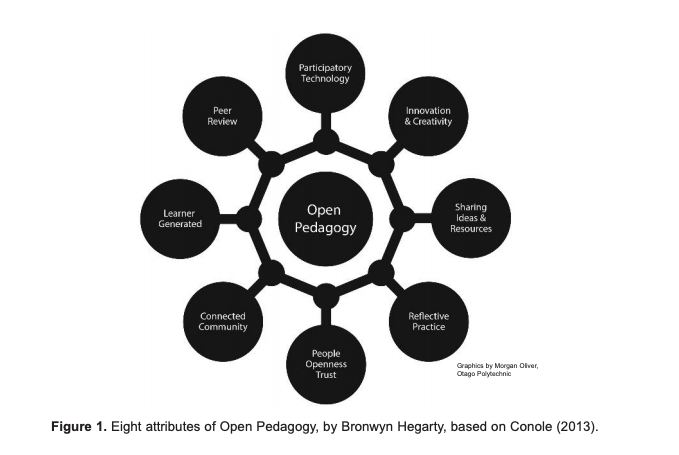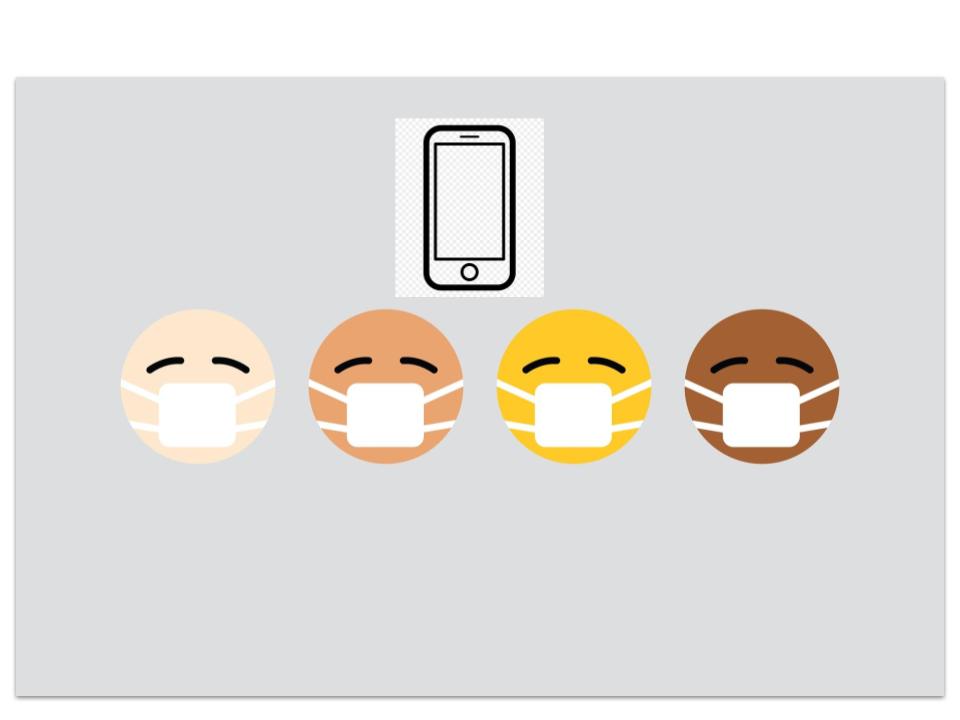Hello everyone !
Thank you for handing in your Assignment #5 Proposals. I am looking forward to some amazing final projects on December 4, 2020.
Over the next week you will be completing your final assignments and thinking about next steps. I have added some helpful hints based on student questions throughout the past week.
Assignment #4 (Due Sunday, Nov 29, 2020 11:59 PDT – 500 words)
Can you rephrase Q2 for me please?
Current Question: Q2: When you consider the definitions and practical examples of distributed (online) and open learning that were examined throughout the course, which approach to learning would be most effective for YOU as a learner and why? You can also suggest a blend of the two approaches. Please ensure that you clearly take a position and explain your position.
Rephrased: Compare and contrast online(distributed) learning and open learning based on the different contexts that we have discussed them both within this course. THEN – tell me which type of learning (online-distributed OR open) that you think is most effective for you as a learner and why. If you believe that you learn best in both types of learning approaches – then explain that.
(What I am looking for is your ability to distinguish the similarities and differences between online/distributed and open learning by asking you to contextualize it from your own personal learning experiences – then explain yourself).
Can I cut down on the Learning Outcome Words? Yes
Please feel free to use abbreviations for the learning outcomes (LO1, LO2,LO3) in order to save words for Assignment #4 & 5. We can all use the following legend as a guide, then I know what everyone is referring tp in their writing.
LO1: Develop an awareness of the potential of human-centered learning in online and open learning contexts
LO2: Explore and engage with current literature on the distributed and open education movement
LO3: Critically reflect on and articulate concepts around modality, pedagogy, and access, including distributed and open learning theory, online and open learning history, privacy laws, online learning communities, open research, and open data.
LO4: Examine and reflect upon the potential for equitable access for all learners in online and open learning contexts.
LO5: Conduct research into and critically reflect upon emerging and future educational technologies
LO6: Practice digital, networked, and open literacies in support of learning about distributed and open learning
Make sure that you review the Assignment #4 Rubric: Final Reflection Rubric
My assessment will be summative (a final grade) and I will not be adding additional formative assessment feedback for this blog post
Assignment #5 (Due Friday, Dec 4, 2020 – 11:59 pm PDT, 1500 words)
Question from students: Do I need to use the SECTIONS Framework for the whole of Assignment #5? No
No, you do not have to use the SECTIONS framework for your whole assignment. The assignment asks you to use the framework as a guide when writing your final assignment. You WILL need to refer to it and provide evidence that you thought through each step. A great summary of a project using the SECTIONS framework to help those of you who may be struggling. Check out: http://shailakarim.weebly.com/sections-model.html
Although the student did not use a social learning experience per se as their guide, I want you to focus on how they used the Framework to complete their analysis.
SIMILARLY, if you choose to write a story about the future of EdTech, you will still need to integrate 1) the Course outcomes 2) the Sections Framework 3) the Key Themes and Concepts of Course Topics. These will be integrated creatively in your won way – BUT – they need to be mentioned.
EVERY Assignment #5 will be assessed using the Assignment 5 RUBRIC, so please make sure to review the rubric.
My assessment will be summative (a final grade) and I will not be adding additional formative assessment feedback for the final assessment.
Please hand a copy of the Assignment #5 rubric with your OWN self assessment as well as a separate file in the BrightSpaces Dropbox.
Roberts, 2020
If you have any questions, please send me a note in Slack OR contact me through my UVic email.
Thank you so much for learning with me in these difficult times. I hope that this course has helped you have a better understanding of online and open learning – and that you continue to explore and learn in these ways in the future.
Have a wonderful break ! Be Safe!
Dr. Roberts 🙂





